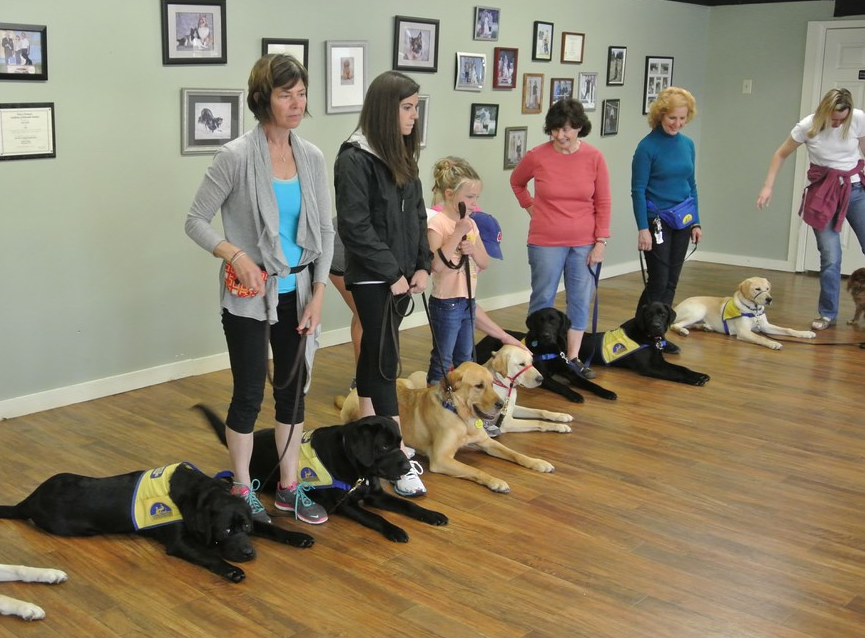
They may also earn additional income through commissions or bonuses. Maintaining records of each dog’s training progress and health status to ensure that they are fit for dutyĭog trainers’ salaries vary depending on their level of education, years of experience, and the type of dogs they train.Training dogs to perform specific tasks that help individuals with disabilities such as guiding blind people, assisting children with autism in public settings, or detecting low blood sugar levels in diabetics.Selecting appropriate breeds based on the handler’s needs, such as large dogs for individuals who have difficulty lifting their feet or small dogs for those who have trouble bending over.Developing training programs that build rapport between the dog and the handler.

Performing general maintenance tasks such as brushing and bathing the dog.Training service dogs to perform tasks that mitigate their handlers’ disabilities or illnesses.Evaluating the temperament of dogs for suitability as service animals.Training dogs to respond calmly to distractions such as loud noises or sudden movements.Teaching dogs obedience commands such as “sit,” “stay,” “come,” and “heel”.Service dog trainers have a wide range of responsibilities, which can include: This allows them to ensure that all animals under their care are healthy and well-adjusted before beginning any formal training. Service dog trainers may also be involved in the breeding, raising, and care of service dogs prior to their placement with a handler. They work with both parties to ensure that they’re able to work together effectively in a variety of situations.

Service dog trainers are responsible for the training of service dogs and their handlers.


 0 kommentar(er)
0 kommentar(er)
